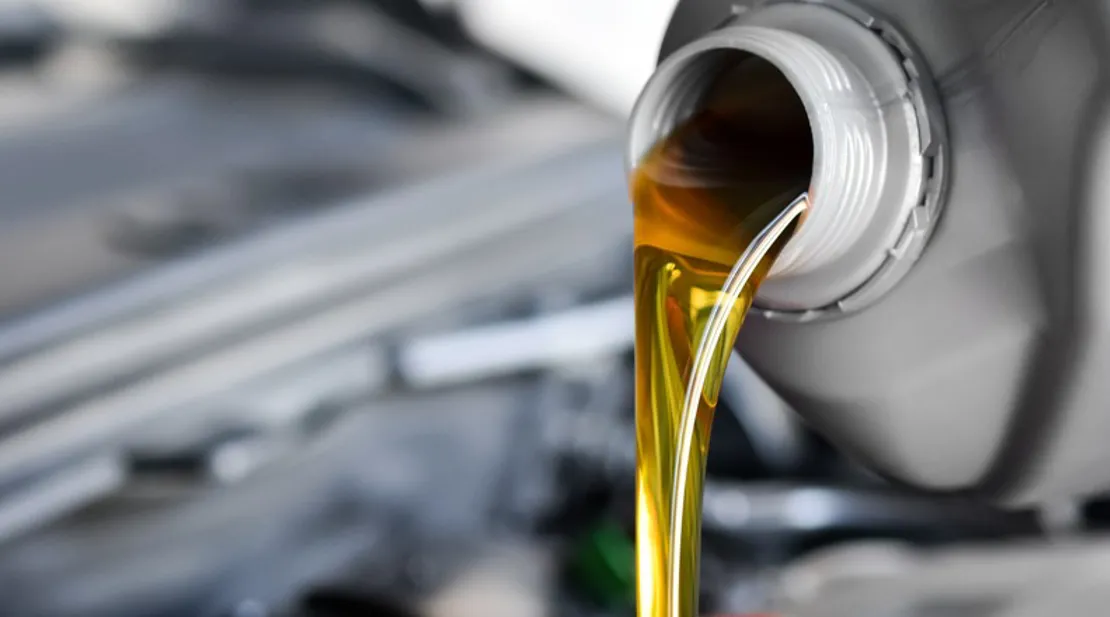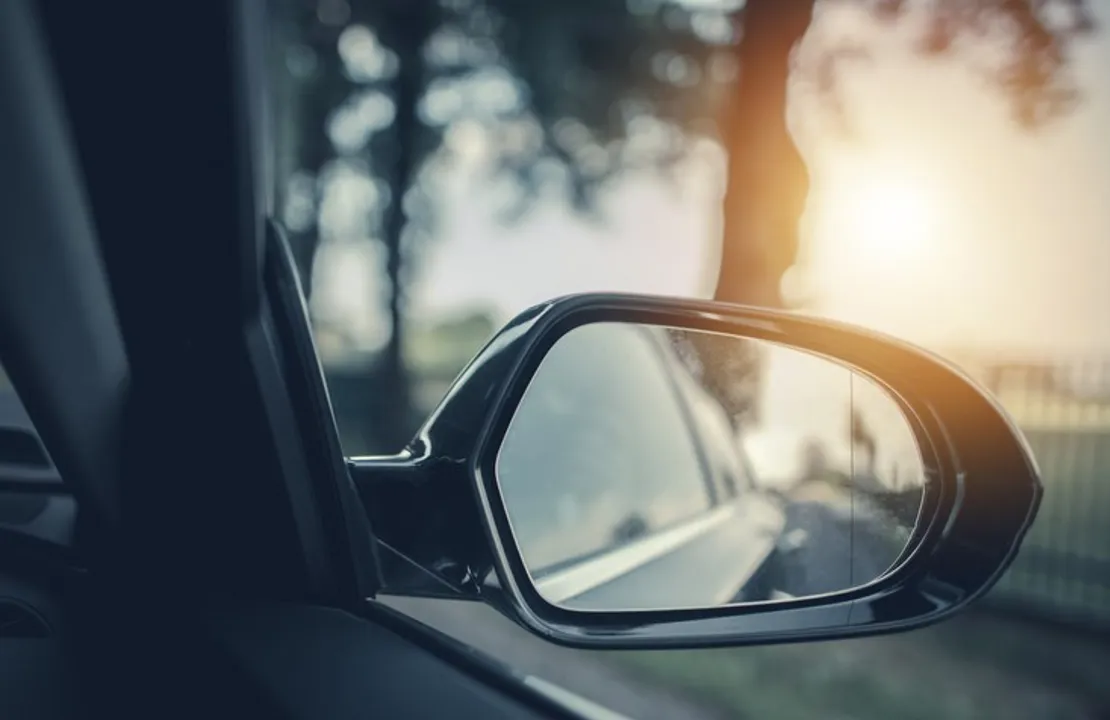MOT checks you can do at home
Written by
Tuesday 26th April 2022

Any car over 3 years old needs to have a valid MOT certificate to be driven on the road legally and retested every year on the anniversary of its last MOT test.
If your car passes, you'll be provided with a MOT test certificate that includes the date of the test as well as the date of expiry, so you'll know when it needs retesting.
Should your car fail its MOT, you can only take it away if your current MOT certificate is still valid and there are no 'dangerous' problems recorded in the new report from the failed MOT. Otherwise, you must get it repaired before you can drive it away.
If you choose to take it to another garage to have the faults repaired, your vehicle must still meet the minimum roadworthiness standards, or you may be fined.
Why do most vehicles fail their MOT?
Faults with lighting, suspension, and brakes are the three most common reasons for MOT failures. The categories used on most checks are listed below, along with the percentage of failures related to them.

^Information provided by the RAC and is based on cars and light vans (up to 3,000kg) in the 2017-2018 financial year.
Lights
According to the RAC, 29.6% of cars fail their MOT for something as minor as a blown bulb. All lamps, including headlights, taillights, indicators (including hazard lights), side lights, brake lights, and rear fog lights, must be operational.
It’s an easy check to do by switching on all your lights and walking around your car to see if they’re all functioning. If any don’t work, you can replace these yourself for a fraction of what a garage will charge.
When it comes to the brake lights, you may need to enlist some help from a friend or family member. Alternatively, a reflective surface such a window would be just as effective.
Horn
This one is nice and simple, but believe it or not, your car will fail its MOT if the horn is faulty, so make sure yours works.
It also needs be loud enough to be heard by other road users and ‘novelty’ car horns that play multiple notes or tunes aren’t allowed.
Oil
Make sure your oil is at the proper level, or the test centre may refuse to do the MOT on your vehicle.
Take a quick glance under the bonnet to see whether this is the case. Do this test with the engine off and cool, and the car stopped on a flat, even surface, just as you would when testing the brake fluid.
Keeping on top of this is essential for your vehicle, as it prevents your oil from breaking down and clogging your car's filters. Thankfully, changing your oil is inexpensive, quick, and simple, so if you discover your oil needs changing before your MOT, you can get it done easily.
Oil and filter changes are advised after every 10,000 miles or 12 months and is easy enough to do at home as they require very little equipment but be warned...they can be messy.
How to check your oil:
- Grab a rag and pop your bonnet.
- Locate the dipstick (usually with a yellow or orange plastic handle) and pull out.
- Give it a wipe and put back in.
- Remove one more time and check the reading. There should be a min and max mark at the end of the dipstick.
- If it is below minimum, then top up with manufacturer approved oil.

Number plates
Not only do your number plates need to be visible and in good condition but they also need to be up to DVLA standard. That means no patterned backgrounds, italic fonts and even the letter spacing must be correct.
If your number plate doesn’t conform to these rules, then it is an instant MOT fail as well as a possible £1,000 fine if caught by police.
Warning lights
Check that all the dashboard lights come on when you start the car then disappear after a few seconds. If any of the lights stay lit then arrange to have your motor looked at and checked over.
If you feel confident, you can try resolving them yourself eg. If the oil light is on, is your oil fully topped up?
Tyres
On average, 8% of motorists get an MOT failure due to their tyres not being up to scratch. Spend a bit of time checking each tyre carefully for lumps, bulges or cuts and double check that the tread is the road legal.
To check the tyre tread depth, a simple way is to do the 20p test if you don’t have access to a tyre treat gauge. Place a 20p into your tread and if the inner edge can’t be seen then your tyres are legal. If you can see the edge, then you will need to think about getting new tyres before taking your car in for its MOT.
Windscreen
Apart from the obvious cracks and chips, another common failure is having an obscured driving view with things such as air fresheners, stickers and phone cradles being the biggest culprits. Make sure these objects are removed before your MOT to prevent an unnecessary fail.
Also, its good practice to ensure your wiper blades are in good condition and your screen wash is fully topped up.

Mirrors
To pass your MOT, you need to have a minimum of one offside mirror and one interior mirror but its good practice to have all three in working order - this means no cracks that impair your view.
If you do have any issues with your mirrors, try to get these replaced before your MOT giving you time to shop around and getting the best quote.
More hints and tips
- Always take your car to a reputable garage for repairs and maintenance. This doesn’t mean you have to pay over the odds but doing a bit of research will benefit the life of your vehicle in the long run.
- Book your cars MOT a few weeks in advance of its expiration so that if any work does need doing, you can shop around for the best price.
- Using a council run MOT garage is good way to keep the expenses down as you there is no motivation from them to find issues with your car.
Written by
Alistair Kale is a Business Development Manager at Novuna Vehicle Solutions, with a demonstrated history of working in the financial services industry.

